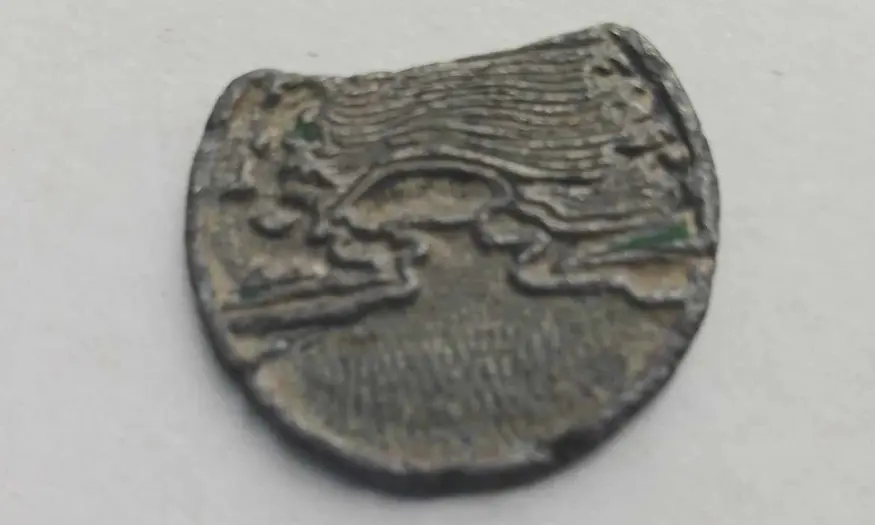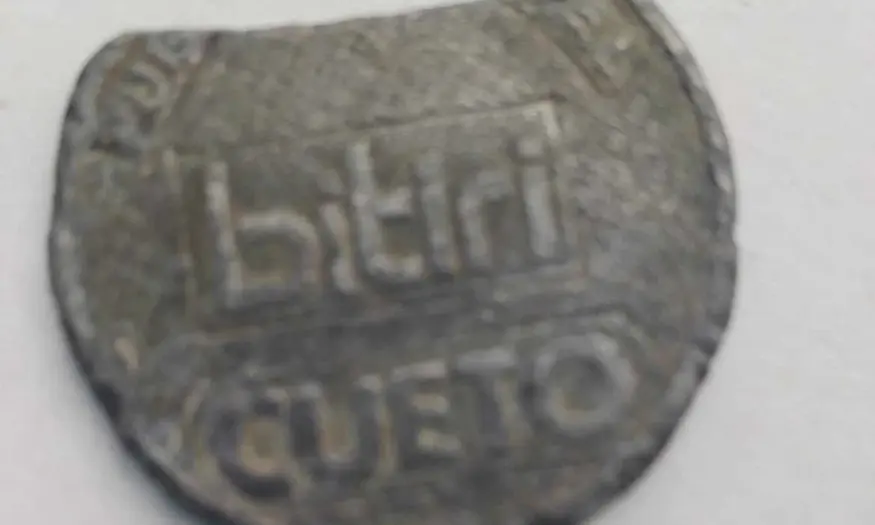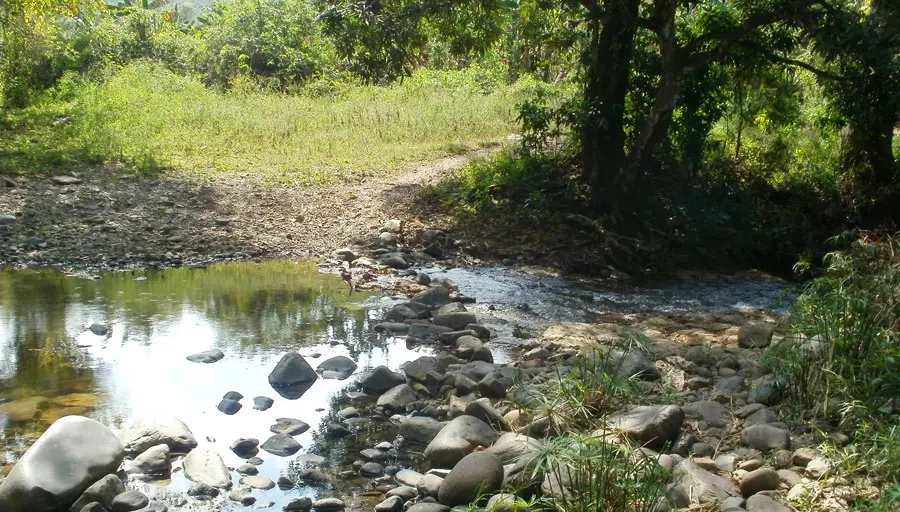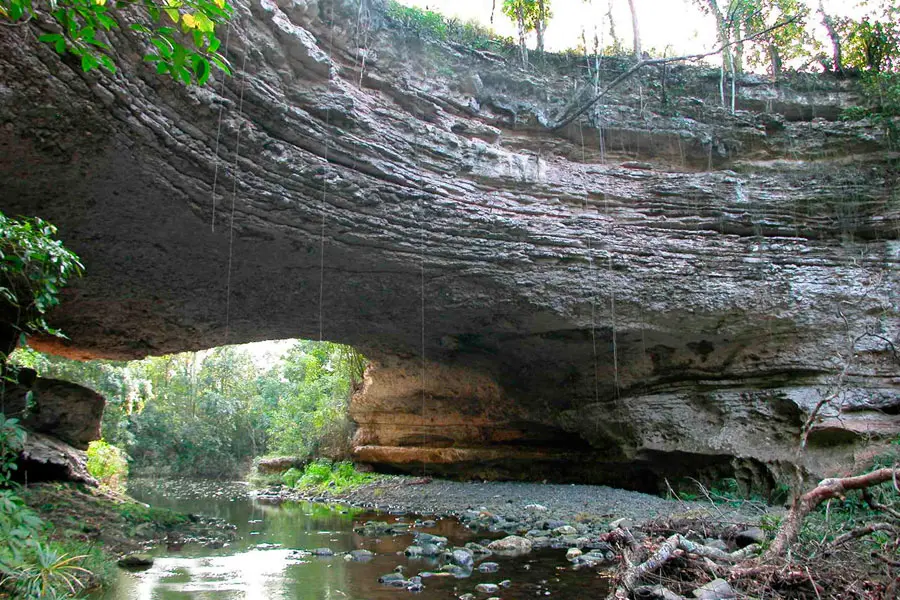Bitirí, distant in time, peculiar attraction and traces that are integrated to the history of the municipality of Cueto, in Holguín province, mark the existence of the emblematic homonymous Natural Bridge that, for more notoriety, now has a singular and unique representative coin, found accidentally, underground, almost 70 kilometers from that place.
Bitiri Natural Bridge: beauty, history and a mysterious relic
This piece of hard aluminum -found during an excavation at a depth of more than one meter in the place known as La Torcaza, near the town of Vista Hermosa, in the municipality of Calixto García-, has the image of the natural bridge and on the other side it says “Bitirí, Cueto”. A very curious detail is that it is missing a fragment, which does not affect the content of its image or the identifying text.
Journalist Edilberto González Gálvez, eyewitness of the event and who will soon donate the coin to the Municipal Museum of History of Cueto, informed about the surprise of his cousin, Rodrigo Gálvez Almenares, his sons, Guillermo and Mario, and himself, as a visitor, upon finding the aforementioned coin, together with some very rusty watches and other elements, in similar conditions.
The key question, in the midst of the surprise, was obvious: how did this piece arrive in such a distant place?
Natural Bridge of Bitirí: beauty, history and a mysterious relic

In search of possible information about the origin of this coin, Radio Angulo Digital contacted Santiago Gabino Abiague Portal, historian of the municipality of Cueto, who assured that there is no reference about the smelting of objects related to the Bitirí River and its natural bridge.
This natural symbol, located on the river of the same name, is a unique phenomenon in the geography of the Cuban archipelago and is considered one of the most interesting geomorphological formations in the entire Caribbean region.
According to specialists, its capricious formation is the result of the erosion that, for years, the then plentiful waters of the Bitirí (tributary of the Nipe River) were producing on the relevant rocky formation of about twenty meters long and an elevation of more than ten meters, in certain planes.
Bitirí Natural Bridge: beauty, history and a mysterious relic

This natural bridge, declared a National Monument, is represented in Cueto Coat of Arms. It was drawn by the General of the Liberation Army Enrique Collazo, whose troops operated in that area between 1868 and 1878; it was first published in 1922, in the book “Geography of Cuba” by doctors Alfredo Aguayo and Carlos de la Torre y Huerta, and later, the renowned geographer Antonio Núñez Jiménez wrote about it using photographs published in 1959, 1960 and 1972.

Thus, the finding of this coin alluding to the striking rocky bridge that, adorned with varied vegetation, crosses the Bitiri River, adds another page to the history of that beautiful environment of the Cueto municipality, birthplace of Cuban leaders Fidel and Raul Castro Ruz.
- Winners of the project “The Memory that Saves” - 30 de June de 2025
- Yaniset Mariela leads popular actions in Felton - 31 de May de 2025
- John M. Kirk, a love for Cuba that withstands difficulties - 15 de May de 2025

